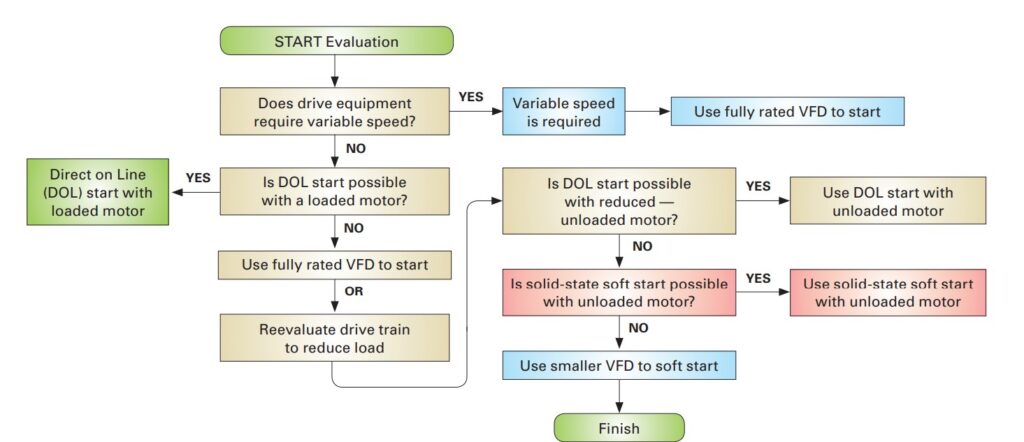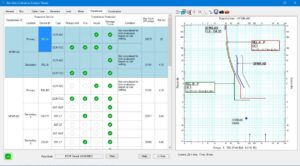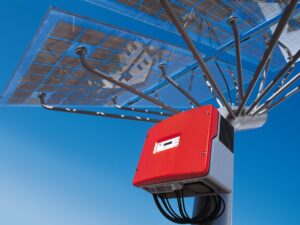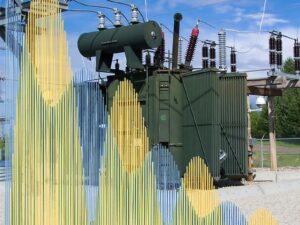Selecting the right approach for starting large motors at the early stages of a project is very important. Hence, this selection will impact the integrity of the system, initial capital investment, operating costs and long-term reliability.
This article helps in selecting the right approach for starting large motors that meets the requirements of the utility provider and user process.
Overview
There is a growing need for installing large-capacity motors on pumps and compressors in various industries.
Starting these motors and their connected loads is often a major challenge, because motor starting currents are typically 600–650% of their rated full load current. This inrush current can produce large voltage drops that are not acceptable to the utility providers and disrupt the rest of the plant power system.
The most commonly used motor starting methods fall into two major groups, and subgroups:
- Fixed frequency (50Hz or 60Hz) utility voltage
- Full Voltage Direct on Line (DOL)
- Reduced Voltage DOL
- Variable Frequency Drive (VFD) fed
- For loads requiring continuously variable speed
- For loads started by VFD and then connected to the utility
Direct On Line (DOL) Starting
A standard DOL motor draws 600–650% of motor full load current. However, by modifying the rotor design the inrush may reduce to 500% or even 300%.
Below Figure 1(a) shows an electrical one-line of the low inrush motor starting scheme, and Figure 1(b) shows the speed-torque/current profile for DOL starting.


Solid State Reduced Voltage (SSRV) Starter
A soft starter is a thyristor voltage controller to smoothly ramp up the voltage at the motor terminals. Soft starters use a controller that allows a timed ramp of output voltage and current limit.
When the soft starter reaches full voltage, the bypass contactor closes. The available motor torque, is proportional to the square of the voltage.
For example, a 20% reduction in voltage results in only 64% (80%V x 80%V) torque so it is important to determine the lowest acceptable inrush current to start the load.
Below Figure 2(a) shows SSRV one-line soft starter:

Figure 2(b) shows the speed-torque/current profile. Typical applications include pumps, fans, compressors, and blowers.

Variable Frequency Drives (VFD)
VFDs are a type of power conversion equipment that converts utility supply into variable voltage and frequency (speed).
One of the benefits of a VFD is that the inrush current never exceeds the motor FLC. A VFD and bypass arrangement is shown in below Figure 3(a):

The speed-torque/current profile is shown in below Figure 3(b):

When a VFD is employed for starting, a smaller drive can be used. A VFD scheme can be used to start two or more motors sequentially and synchronize them to the line. Unlimited number of starts per hour are allowed.
Selecting The Right Approach For Motor Starting
Below flow chart provides a guide to decision-making factors to evaluate a starting strategy:

Overall Evaluation of Different Starting Options
Most decisions relating to a choice of technology require the evaluator to assess the technical and economic benefits, commonly known as the techno-economic evaluation.
Below table provides a techno-economic comparison of various starting methods including relative cost factors:

Conclusion
This article presents the options that are available to an end user for starting large electric motors.
The correct starting strategy will depend on meeting each installation’s unique trade-off challenges, cost-benefit analysis, and evaluating trade-offs.







